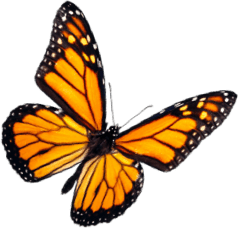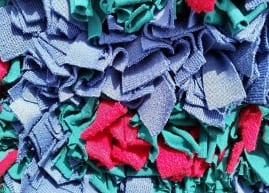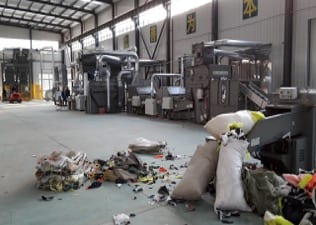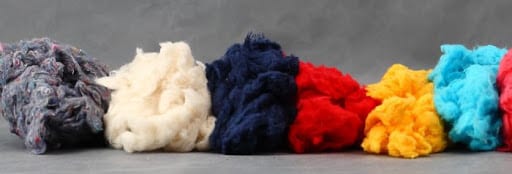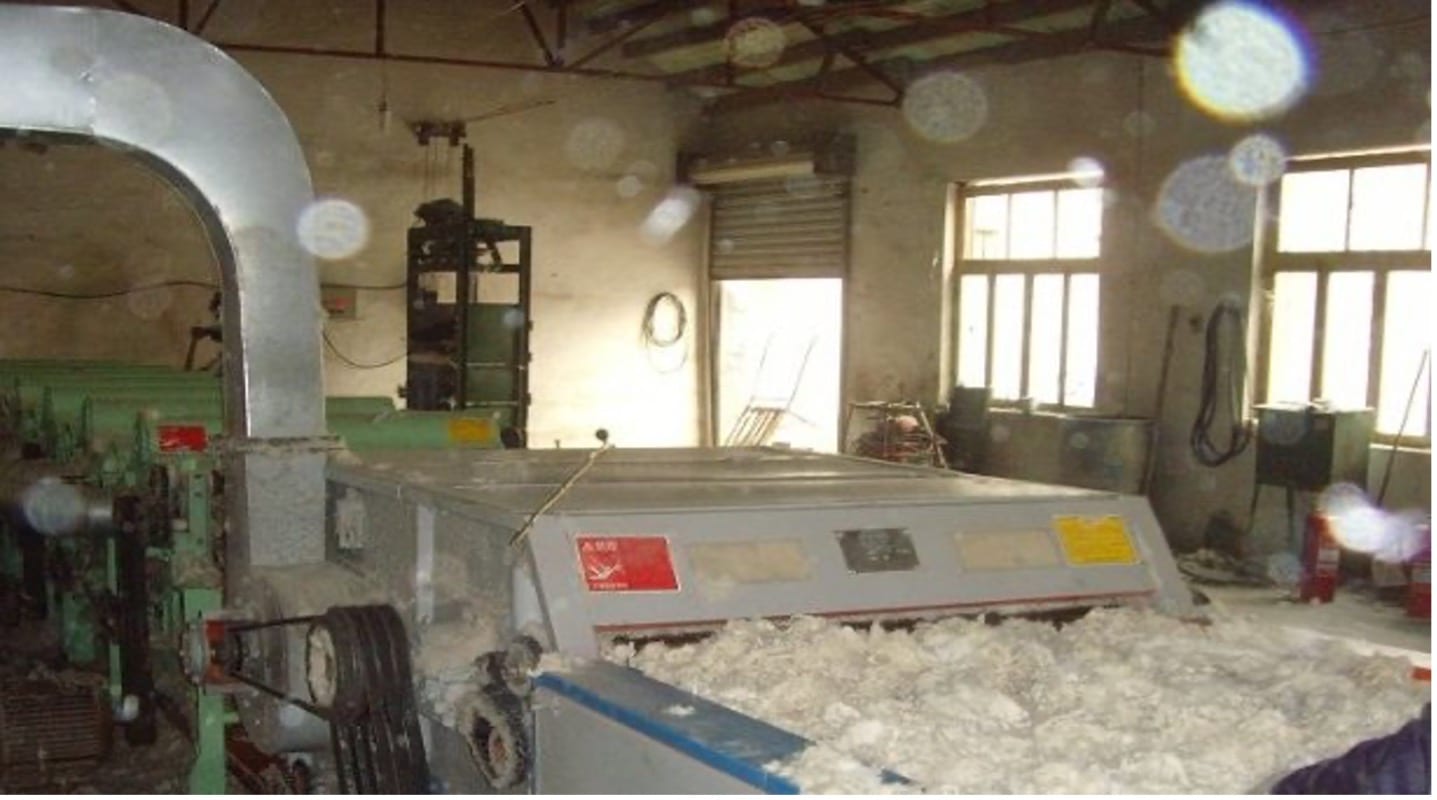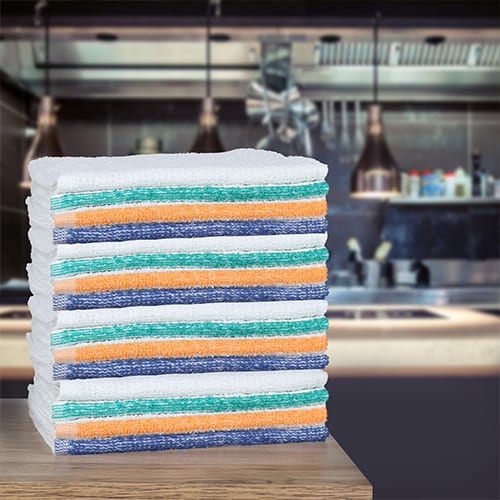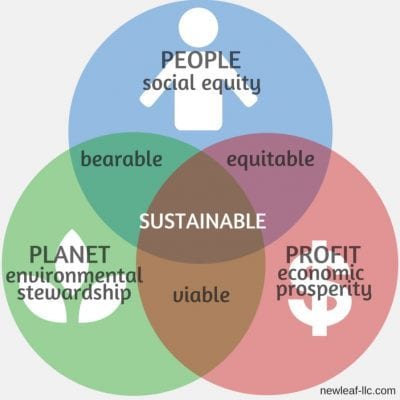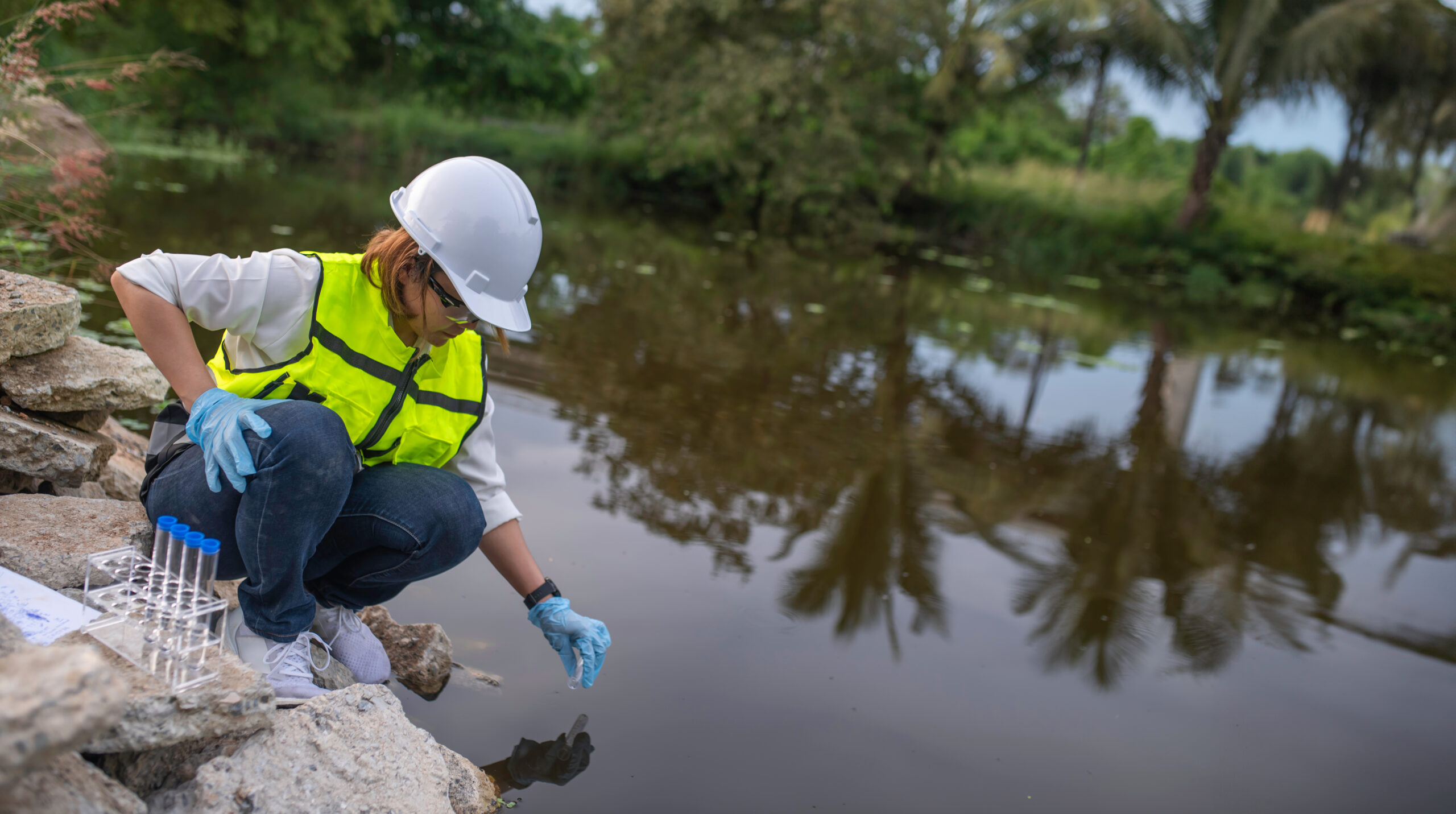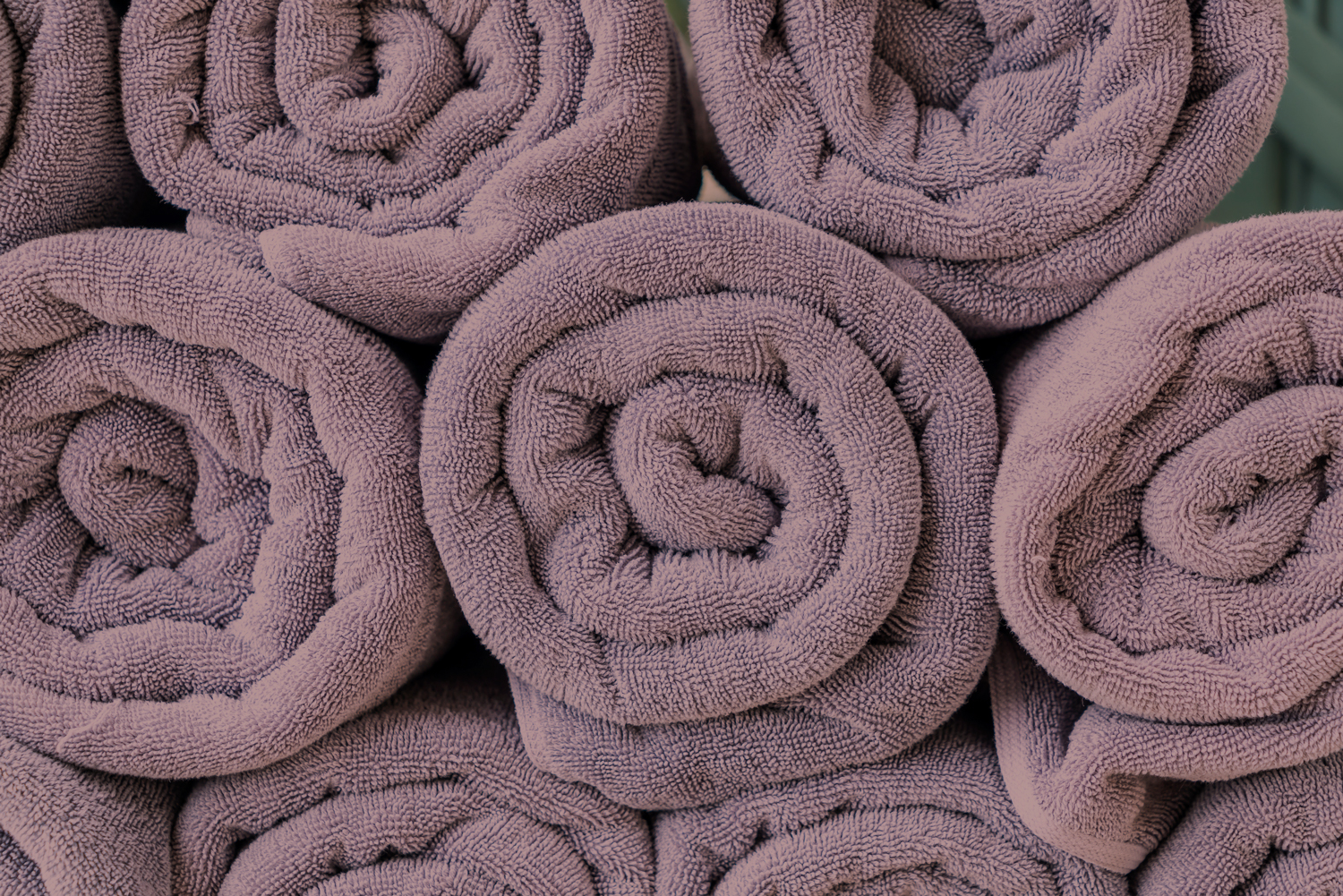The three Rs of waste management stand for Reduce, Reuse, and Recycle.
Together, these are the three essential components of environmentally responsible consumer behavior, and a detailed understanding of this 3Rs Principle can help to eliminate unnecessary waste and limit the consumption of non-renewable resources.
For example, let’s consider how cotton is produced for the textile industry.
A cotton textile manufacturer needs an abundance of water, pesticides, and energy to process cotton fibers and yarn. Water and energy are non-renewable resources unless the process uses recycled water and wind energy. Cotton production is especially problematic, though, because it requires freshwater sources that must be located near production fields. The 3Rs Principle can help address these concerns.

